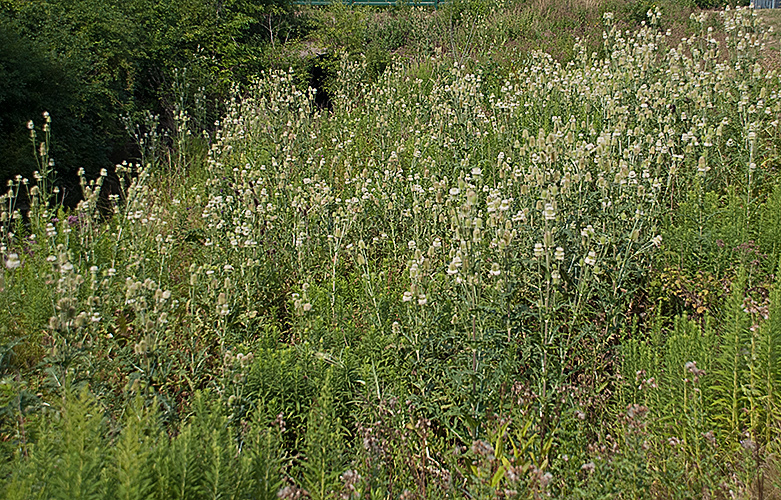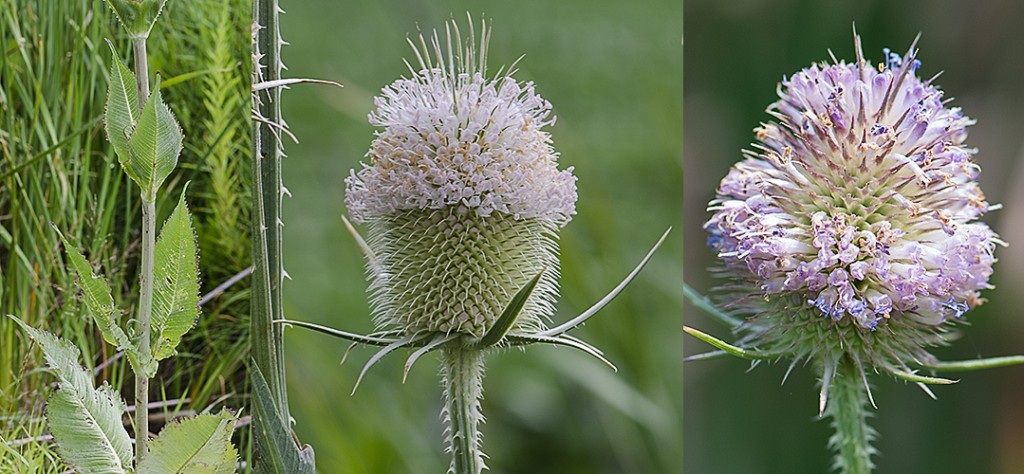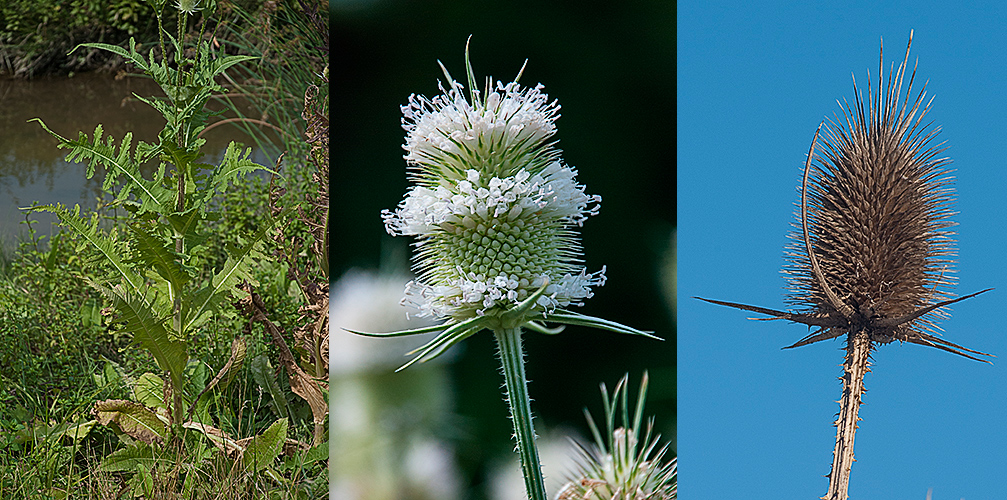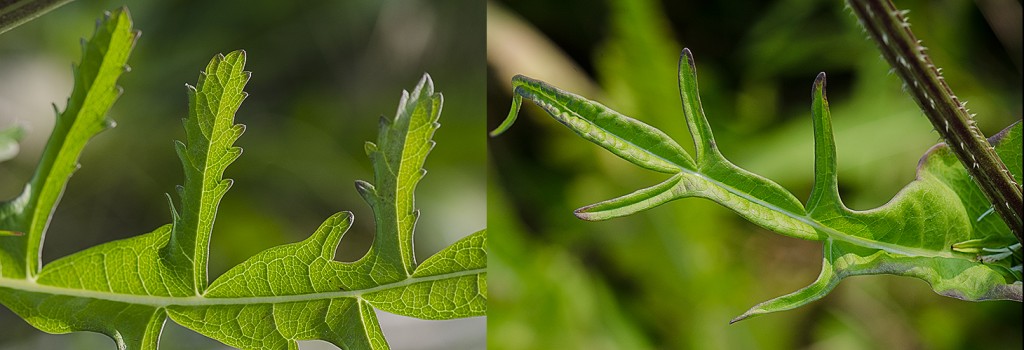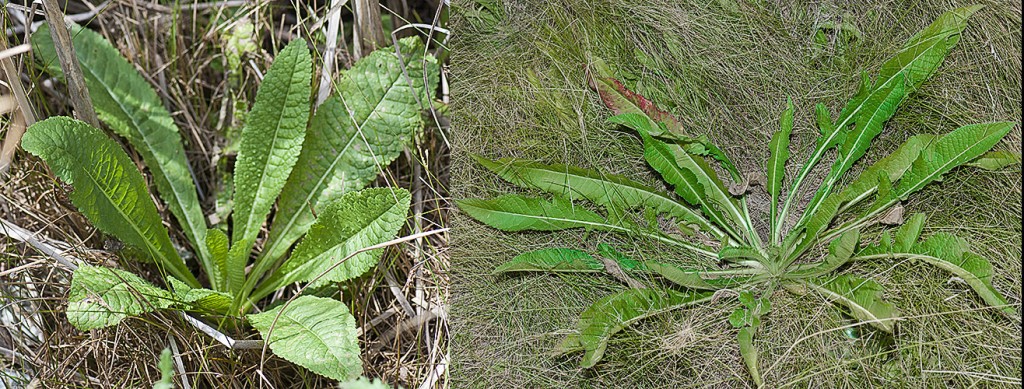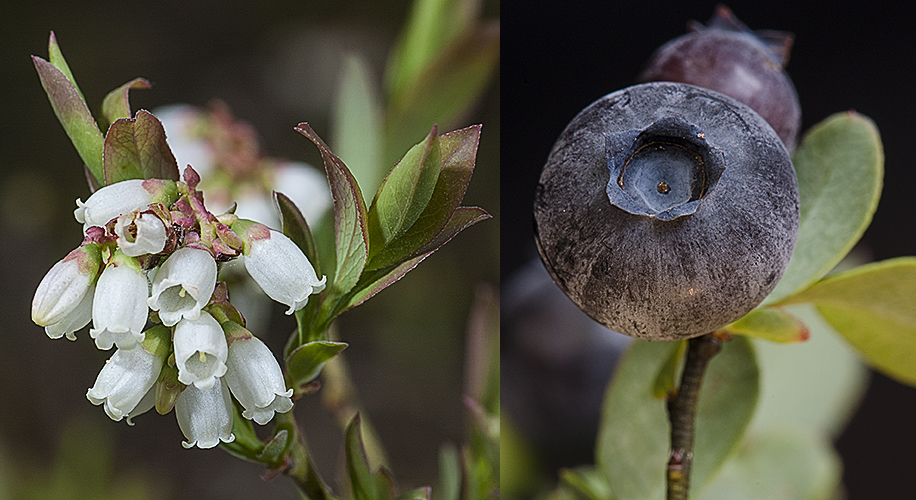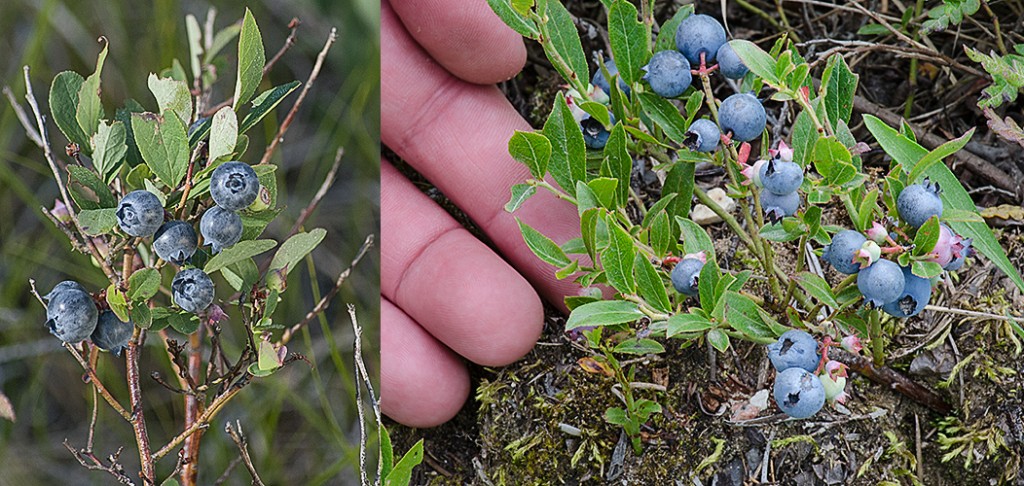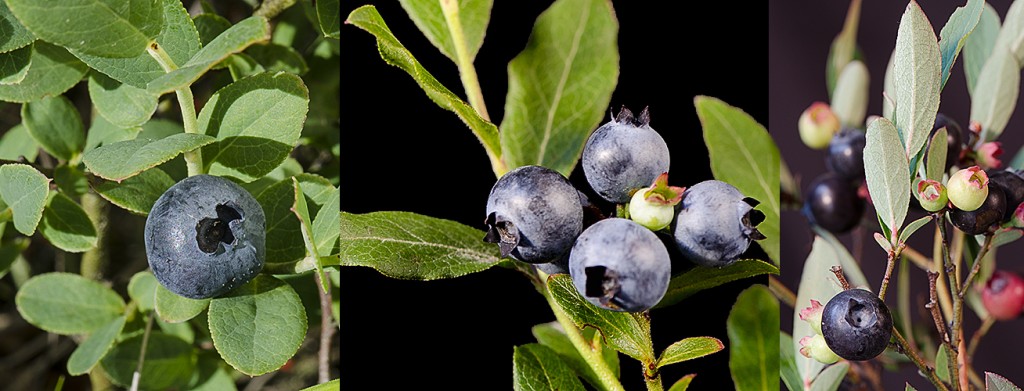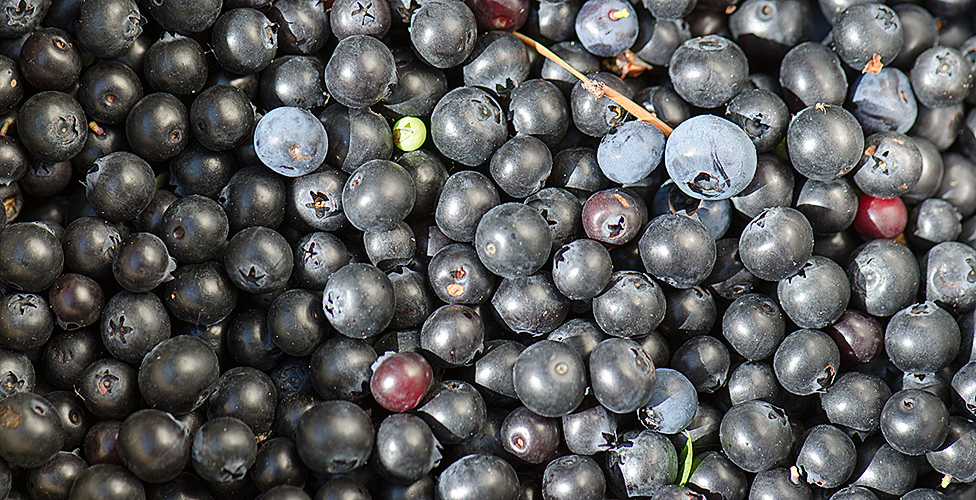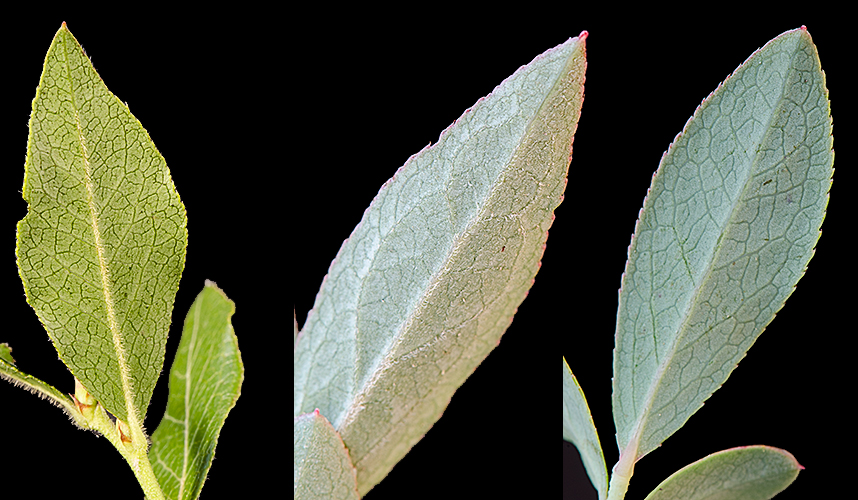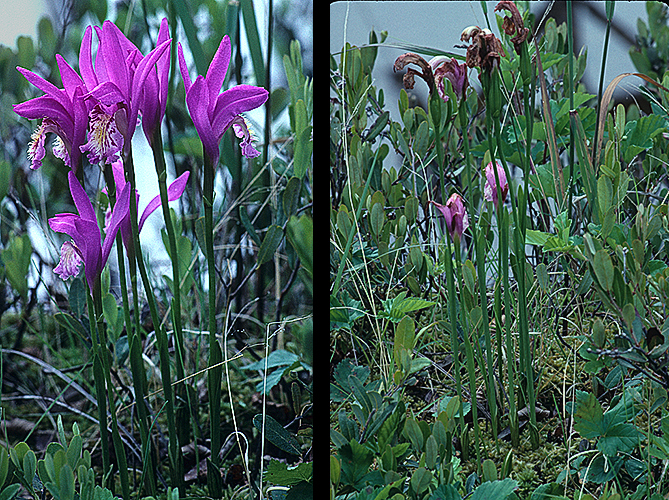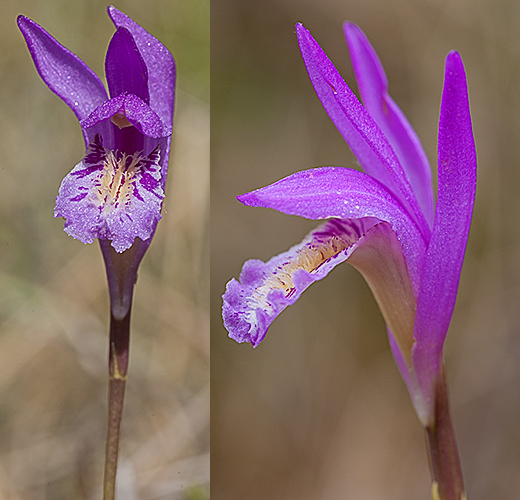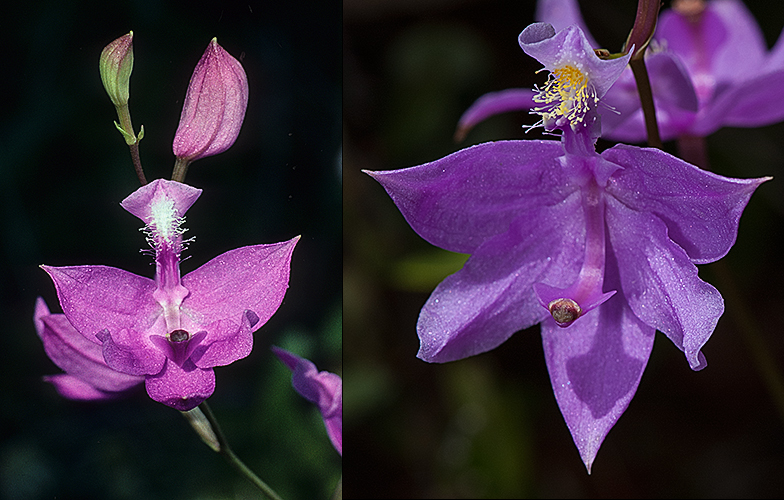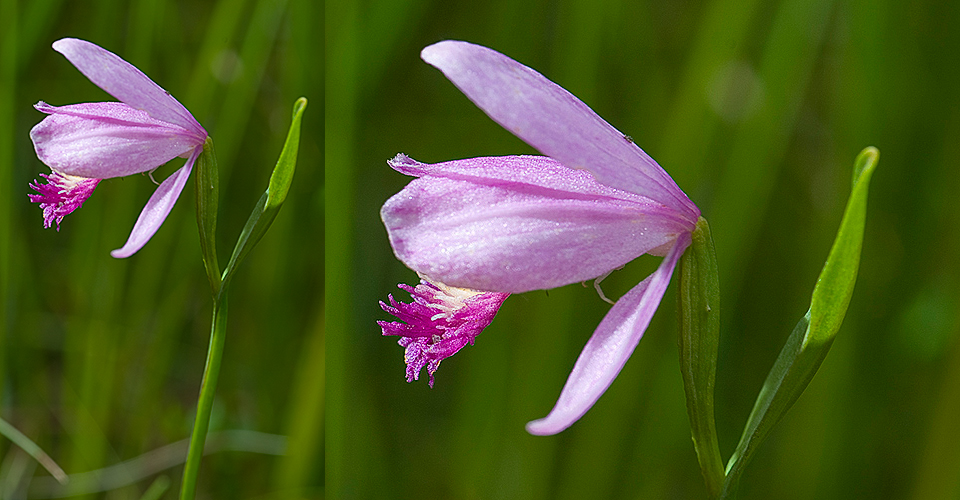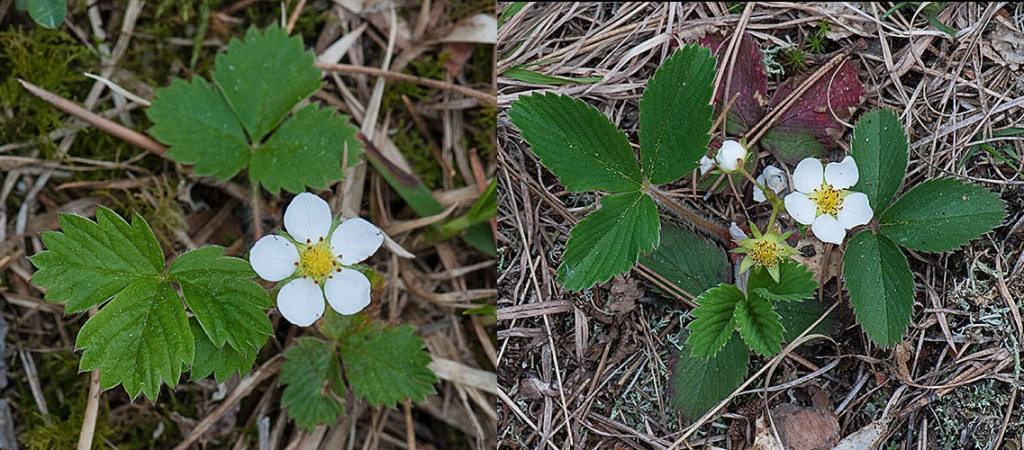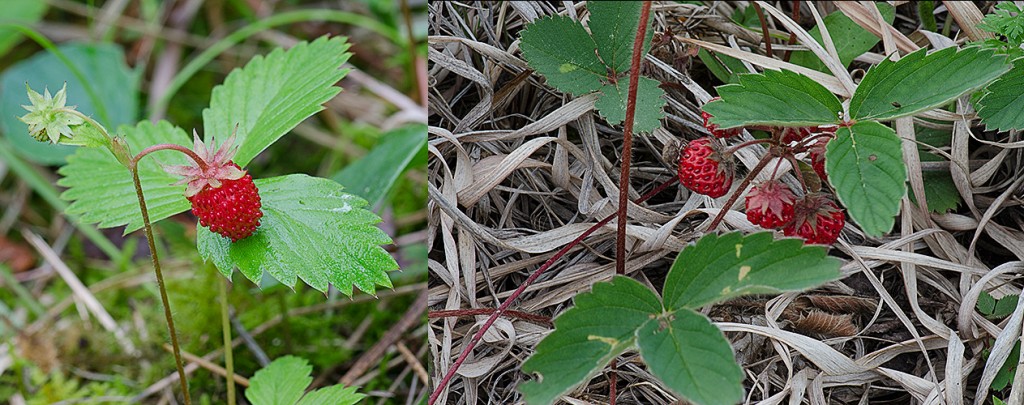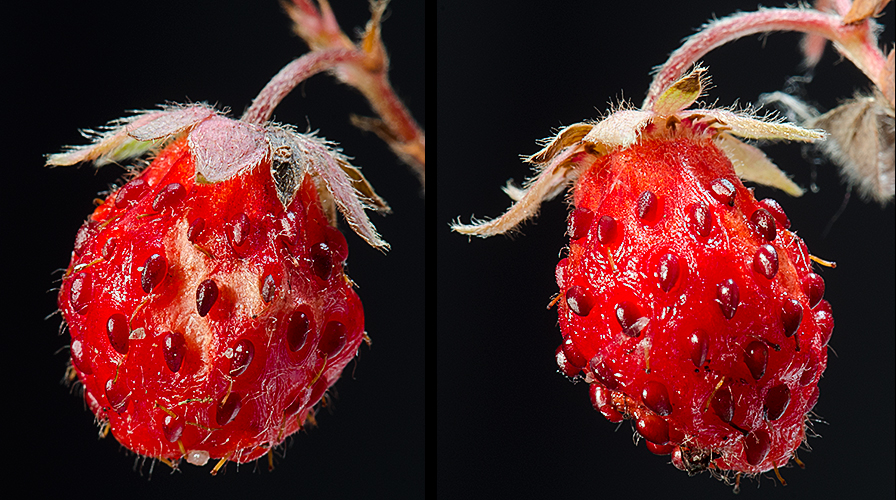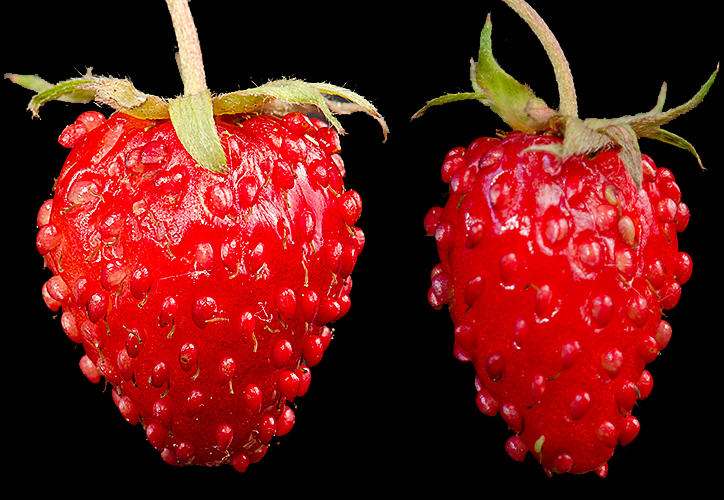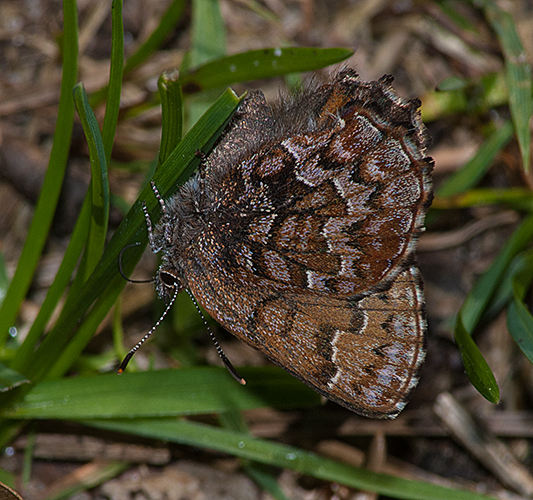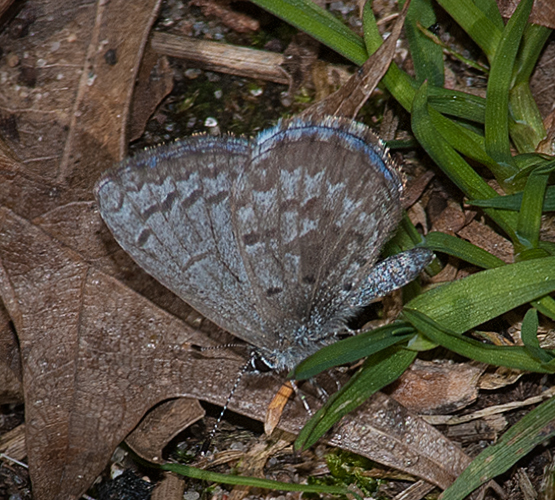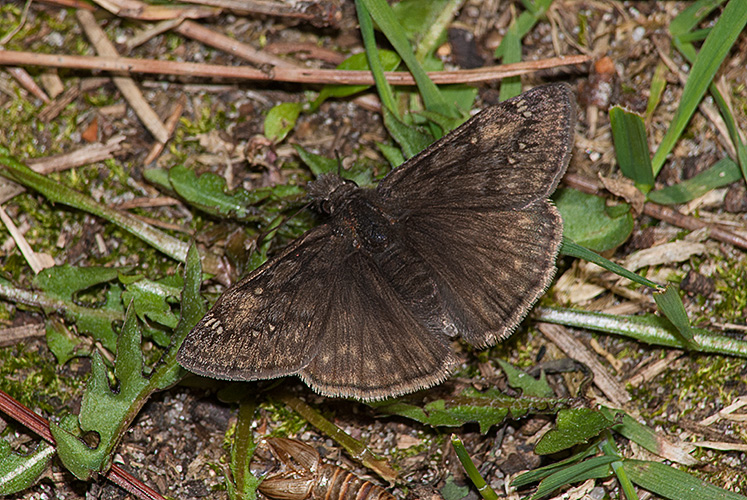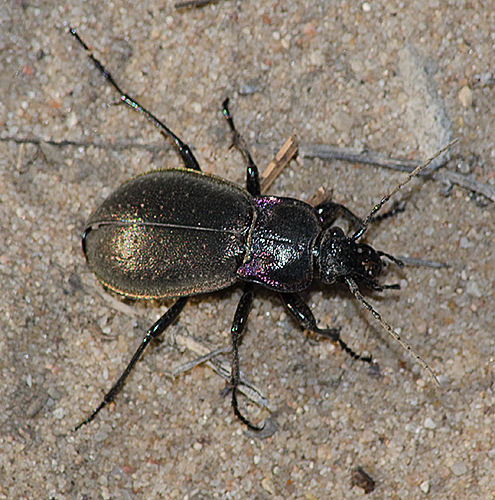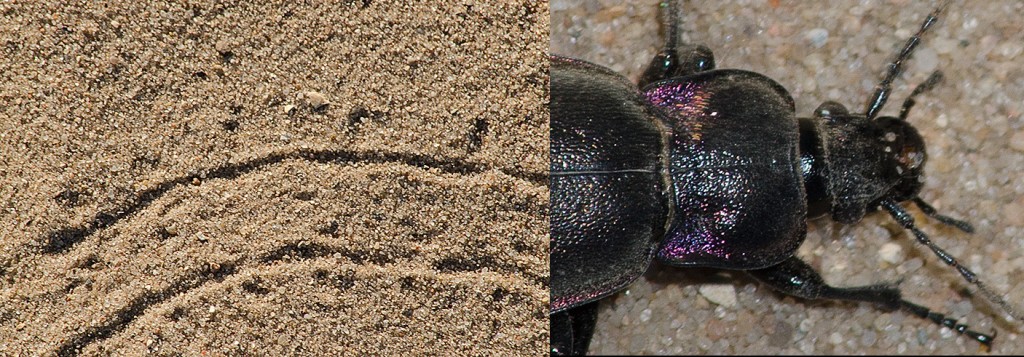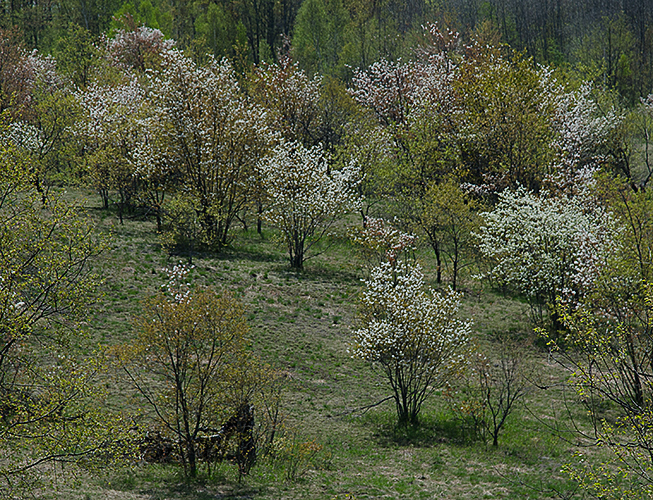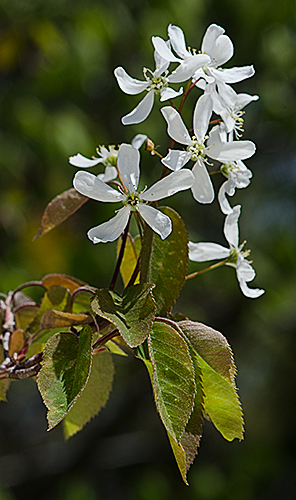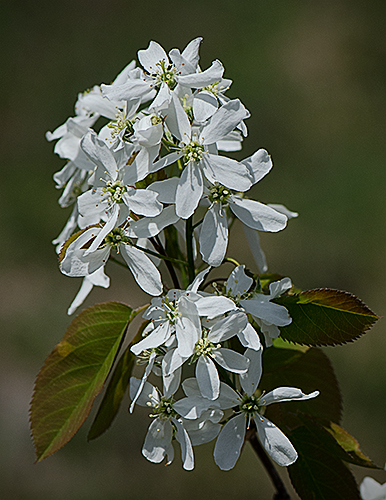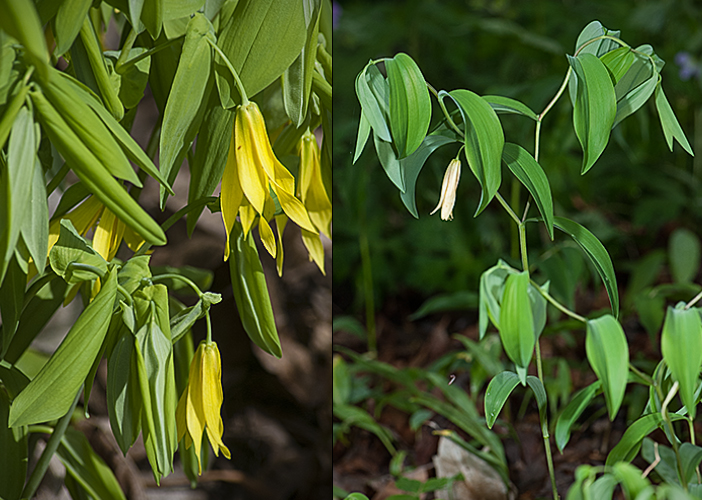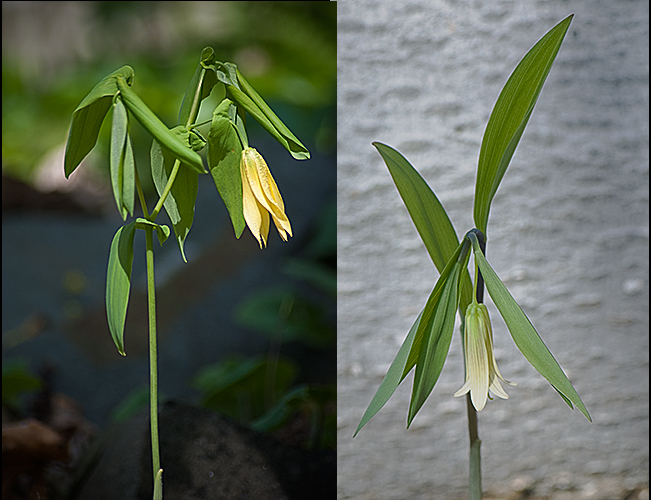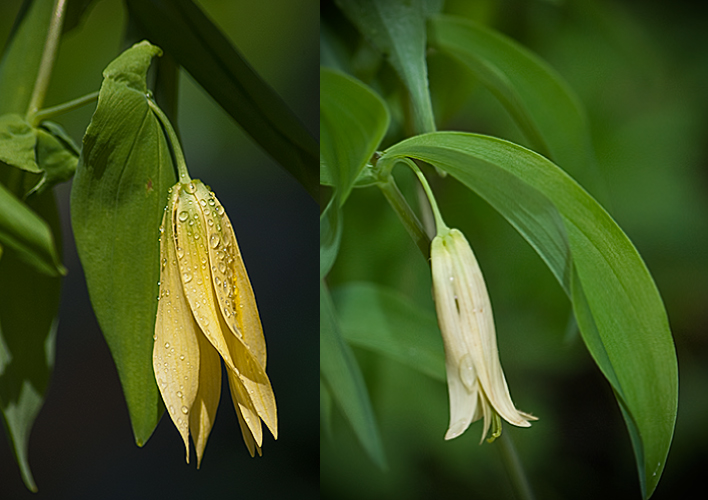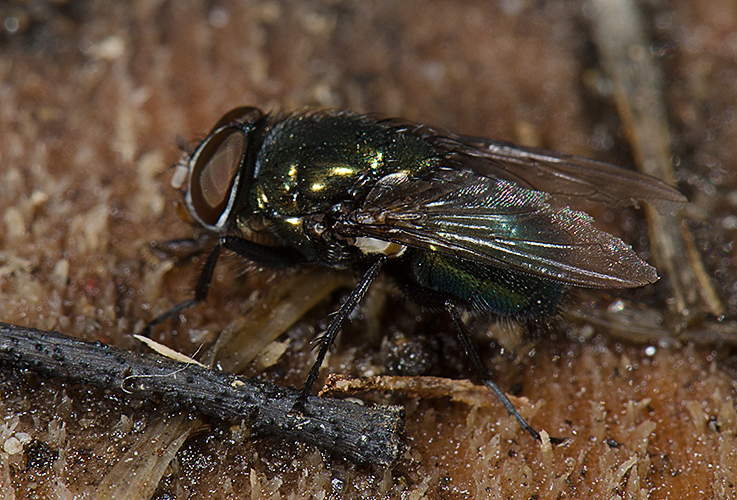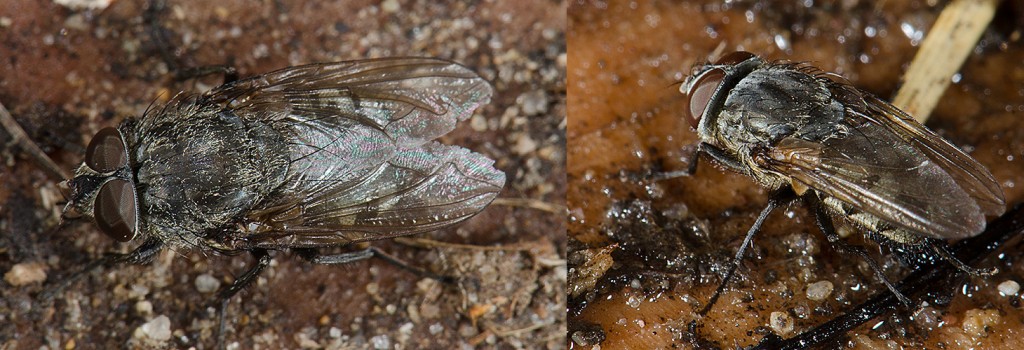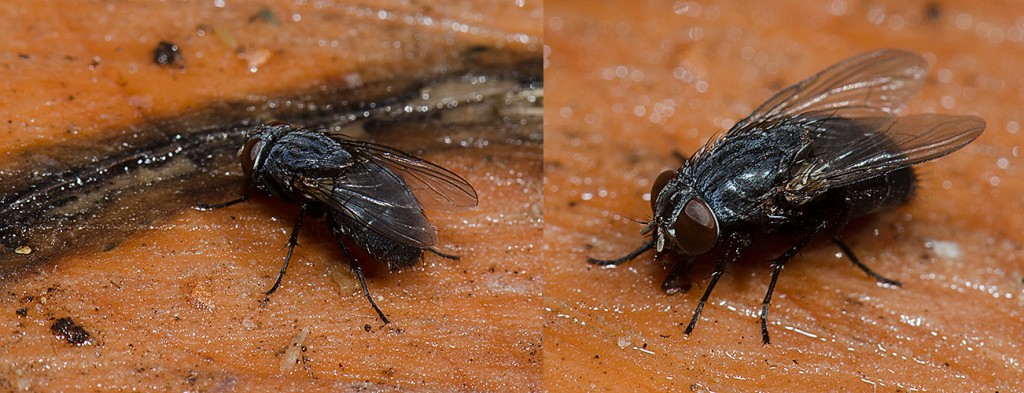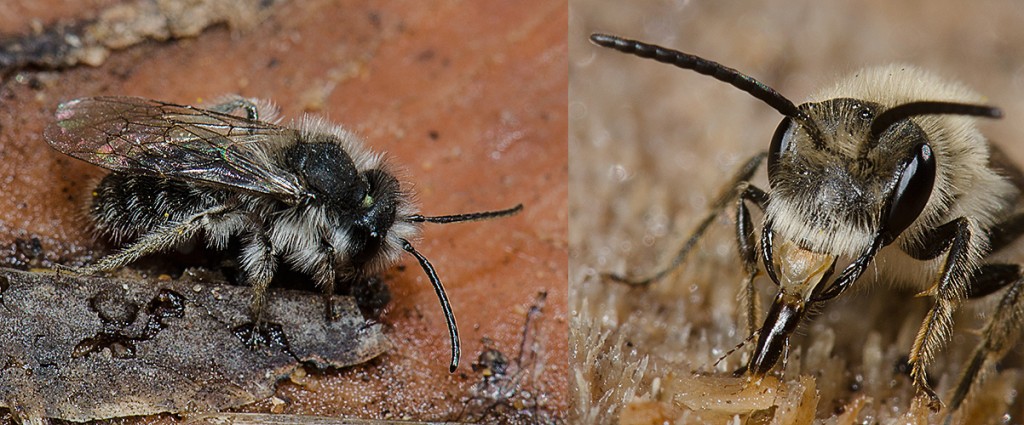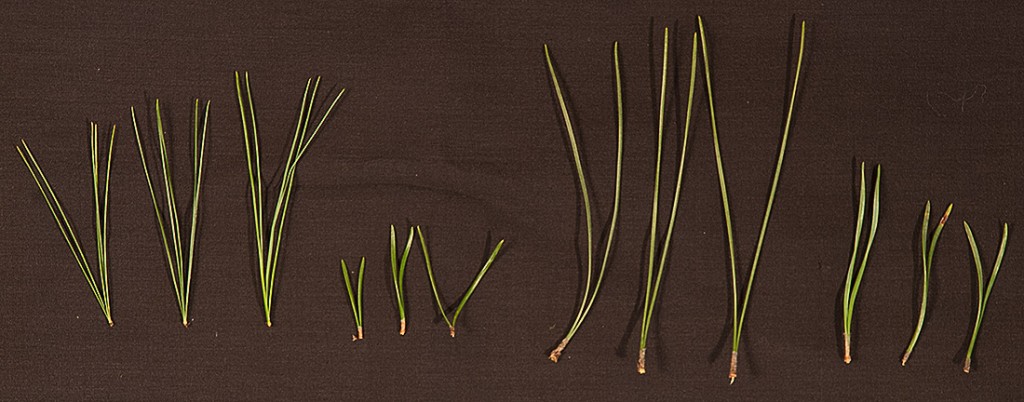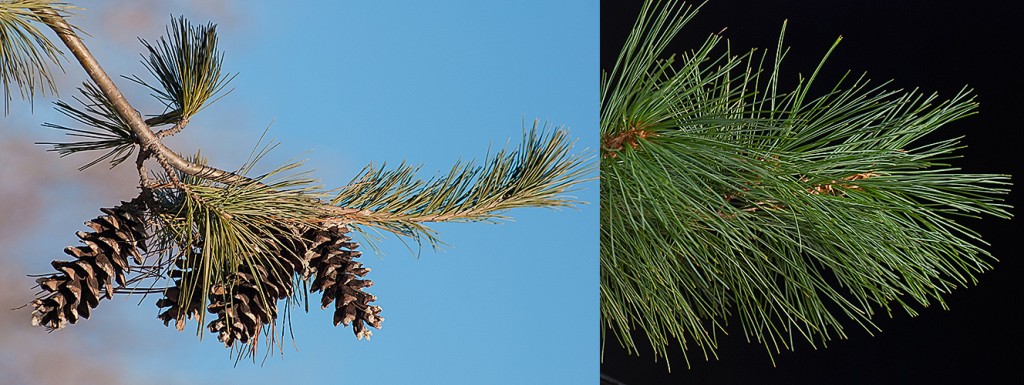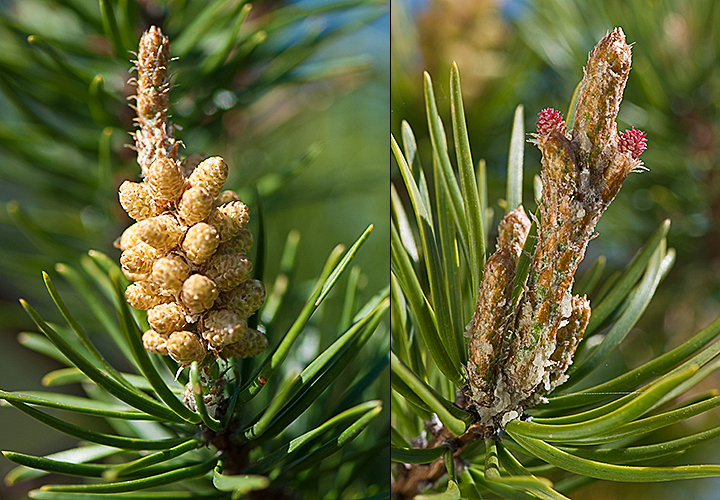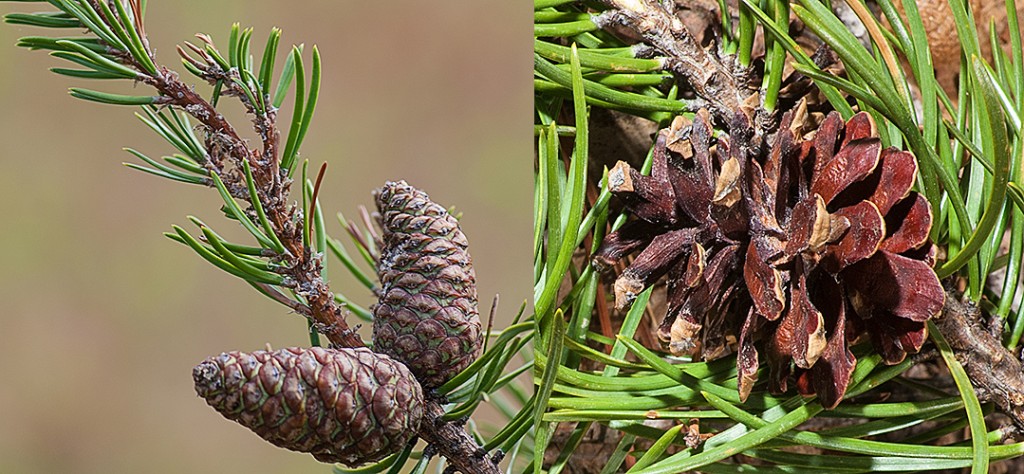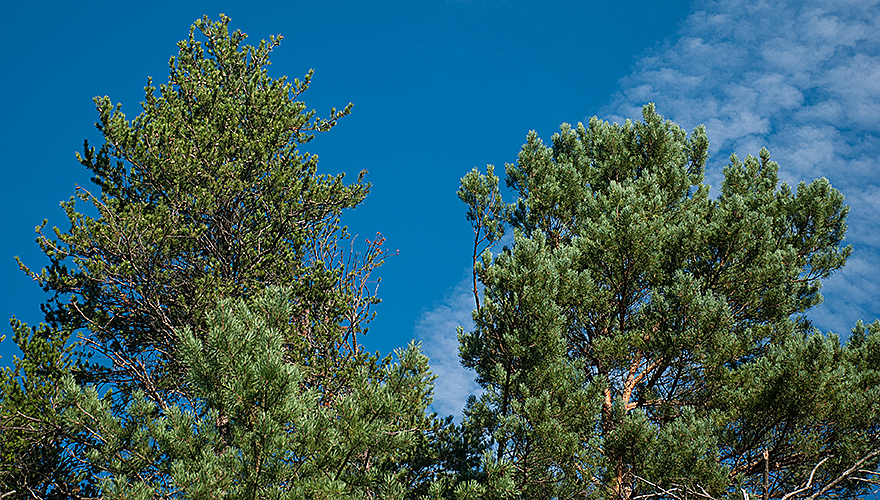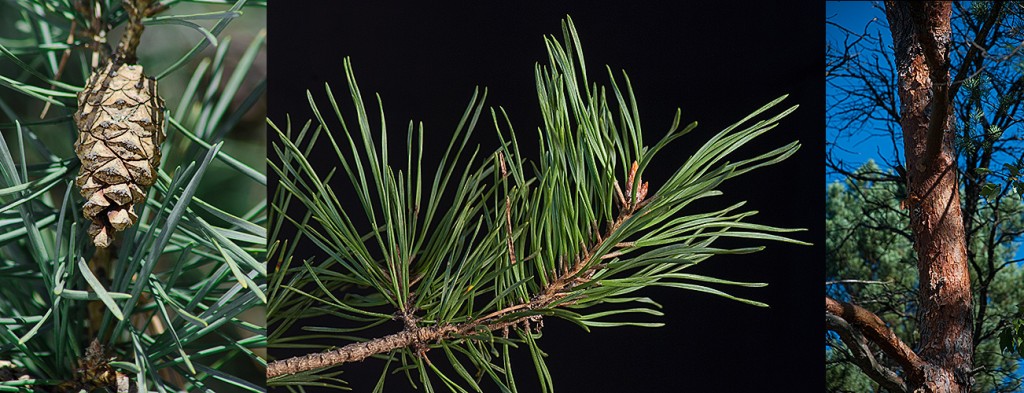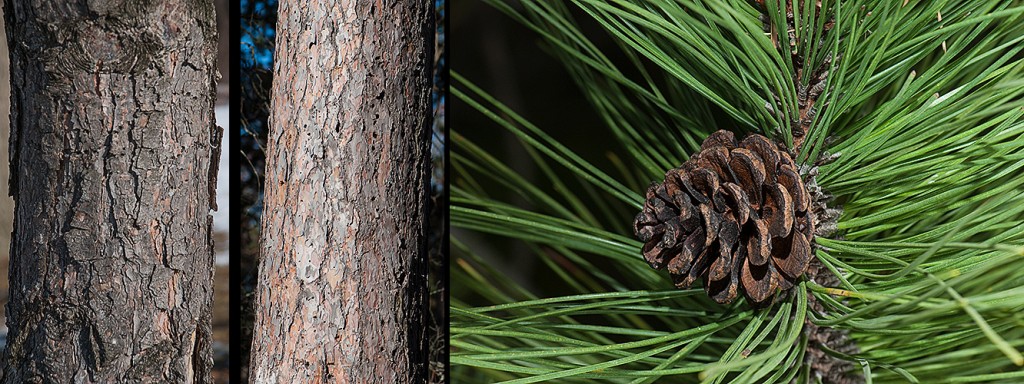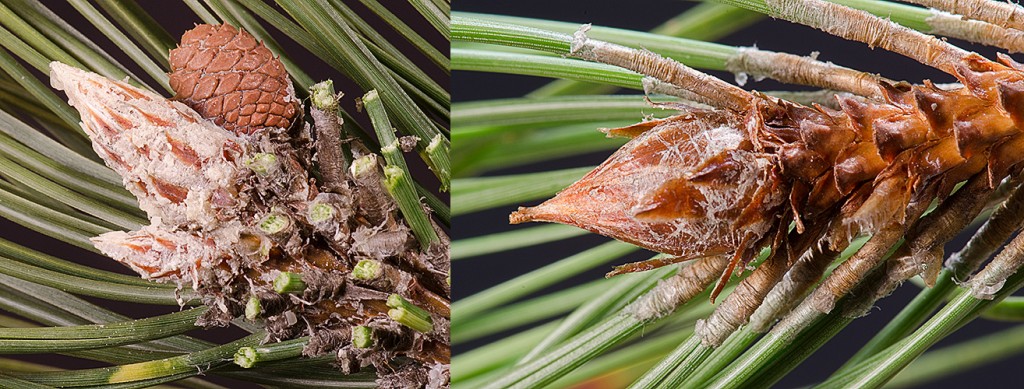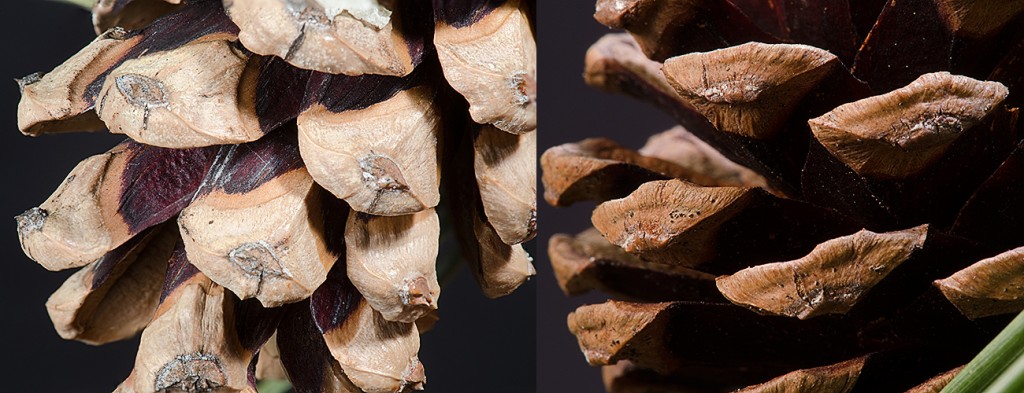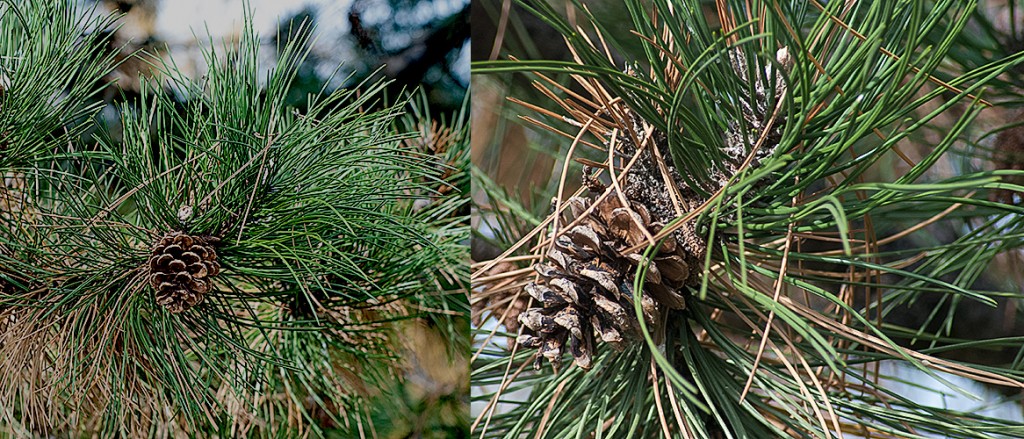I have a need to name the plants I find in the wild. Edward Voss used to remark, “You can’t understand the play unless you know the characters.” Names provide access to organisms. Once I know an organism’s name I can look it up, online, in a book, or in a technical journal, and learn more about it. Normally I search with the scientific name to make sure that I am reading about the correct species.
Edward Voss also said, “Common names are for common people.” However, this blog tries to use common names where they are available and in wide use. When Joyce and I talk about plants, we normally use their common names. We understand which plant we are referring to because we have established between ourselves a set of common names.
Some common names are the scientific names. For example, Hosta, Hibiscus, Trillium, Yucca, Hepatica, and Anemone to name a few. Scientific names are Latinized names and not Latin translations of a common name. It is a misnomer to speak of a plant’s “Latin name.”
Regional common names are interesting: Whip-poor-will’s Shoe, Herb-trinity, Stinking Benjamin, Robin-runaway, Adam-and-Eve, White Coolwort, and Scrambling Rocket are some. Common names can be local. In Michigan, we have a local common name for Ilex verticillata of “Michigan Holly.” Elsewhere it is called Winterberry or Black-alder. In Virginia it is called “Virginia Winterberry.”
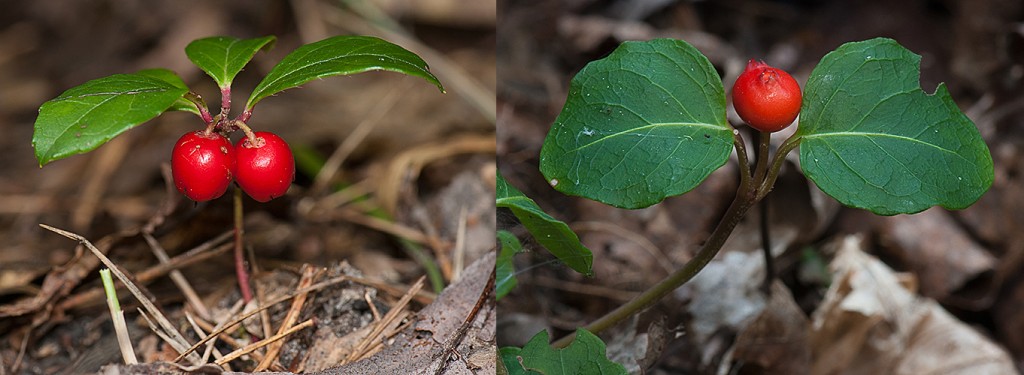
Wintergreen (Gaultheria procumbens)-L & Partridge-berry (Mitchella repens)-R
Unlike birds, there is no organization that establishes the common or even the scientific names of plants. As a result, most plants have more than one common name especially if they are wide spread and used for food or medicine. Gaultheria procumbens, a plant that I call Wintergreen, is also called: Chinks, One-berry, Drunkards, Chicken-berry, Red Pollom, Partridge-berry (a common name that I use for a different species, Mitchella repens), Ivory Plum, Mountain-tea, Checker-berry, or one of fifteen other common names.
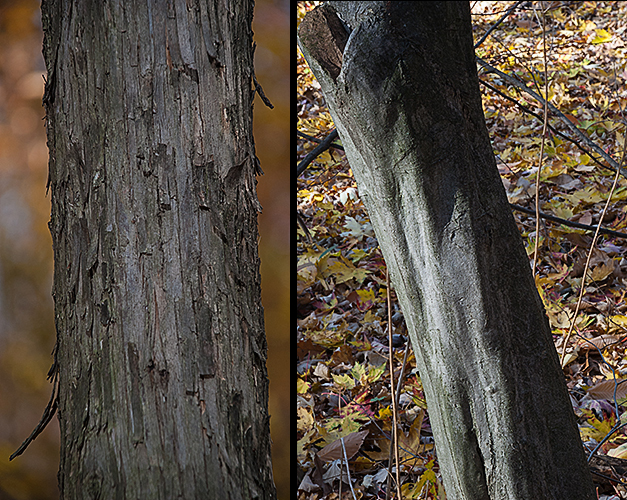
Ironwood or Hop-hornbeam (Ostrya virginiana)-L & Ironwood or Blue-beech (Carpinus caroliniana)-R
Some common names are used for more than one plant. Most cultures that work with wood have a tree named Ironwood. When I searched for “ironwood” on the Internet, I found a few dozen species from around the world. Ironwood is simply the hardest wood in that culture. Michigan has two related species called Ironwood, Carpinus caroliniana and Ostrya virginiana. Hemlock is used for two very different species. The one that Socrates drank to kill himself is an herb (Conium maculatum) and the other is the Hemlock tree (Tsuga canadensis) of the north.
At times, the reason a plant has a certain common name is obvious. Bloodroot has a rhizome that “bleeds” a red sap when cut. Goldthread’s roots look as if they are golden threads. Twinflower’s flowers come in pairs. Ragged Fringed Orchid flowers possess a ragged lip. Other times the reason for the name is obscure. Cowwheat is not a wheat and does not resemble a cow or grow in a pasture. Stinking Benjamin flowers smell rank but who was “Benjamin?”

Twinflower (Linnaea borealis)-L & Ragged Fringed Orchid (Platanthera lacera)-R
Sometimes however, a common name is more stable than its scientific name. There is only one species of fern called Ostrich Fern. Since I have been studying ferns, it has gone under the names Pteretis pensylvanica, and Matteuccia pensylvanica. Currently it is called Matteuccia struthiopteris but every botanist in the English-speaking world knows the common name Ostrich Fern.
Some common names are manufactured and not in general use. Sessile-leaved Twisted-stalk is no easier to say than Streptopus roseus. There is no reason to invent “common” names for plants that lack them. If the name is not in general use in some section of the country then it is not required. In this case, it is easier to use the scientific name. This also means that I only have to learn one name for the plant.
Many common names end with “wort.” Examples include, Coolwort, Birthwort, Motherwort, Moonwort, Swallow-wort, Miterwort, Nipplewort, Sandwort. Wort comes from Old English wyrt meaning root. Most of these plants have roots that, at one time, were valued for medicinal purposes.
Just a note regarding the convention of this blog. First, I capitalize common names. This distinguishes between a White Trillium (Trillium grandiflorum) and any other white Trillium. Second, I use hyphens in common names to denote plants that are not what the common names imply. The above-mentioned Black-alder is not a true alder, Prickly-ash is not an ash, Dogtooth-violet is not a violet… This helps to avoid some of the confusion with common names. This blog is read in many countries and I include the scientific name for precise communication. I received an email recently about a Naragashiwa tree in China. I didn’t know what this plant was but from the scientific name (Quercus aliena) I knew it was an oak. All oaks are in the genus Quercus. If they had not provided the scientific name, I would have been lost.
Don’t be afraid of scientific names. Learn a few to throw around. They are required for serious study and necessary for precise communications.
Copyright 2014 by Donald Drife
Webpage Michigan Nature Guy
Follow MichiganNatureGuy on Facebook

